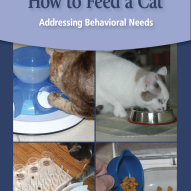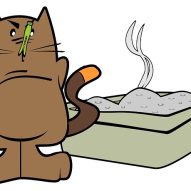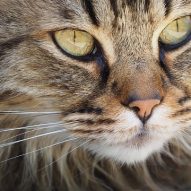How to feed your cat | Dr. Justine Lee, DVM, DACVECC, DABT, Board-Certified Veterinary Specialist
Are you feeding your cat correctly? Believe it or not, there are specific ways you are supposed to be feeding your cat. A recent Consensus Statement, “Feline Feeding Programs: Addressing Behavioral Needs to Improve Feline Health and Wellbeing” just came out from the American Association of Feline Practitioners (AAFP). In this statement, the authors focuses on “how to feed” while addressing behavioral needs. This statement was written by the experts in the feline world:...
Read MoreWhy does cat pee stink worse than dog pee? | Dr. Justine Lee, DACVECC, DABT, Board-certified Veterinary Specialist
For those of you who have ever fostered a tomcat or had an alley cat in your backyard, you can attest to the fact that cat pee reeks way more than dog pee! But why? Cats have much stronger concentrated urine than dogs. The normal concentration of urine is based on specific gravity (often abbreviated “sp. gr.” or “spgr,” for those really lazy vets, such as myself), which measures the density of a liquid (i.e., how concentrated that liquid is). Using a simple tool called a refractometer,...
Read MoreDoes it hurt if my cat’s whiskers get cut? | Dr. Justine Lee, DACVECC, DABT, Board-certified Veterinary Specialist
If you just accidentally cut your cat’s whiskers, don’t worry too much. No, you won’t hurt your cat’s whiskers, or vibrissae, if they get accidentally cut. The whisker itself has no nerves or blood vessels but is firmly attached to a hair follicle and sinus, which has nerve innervation. (Ever accidentally yank out your nose hair? Ouch!) Your cat uses his whiskers as a sensing mechanism and air movement or vibrations allow him to “feel” where he is. You may notice your...
Read More



Recent Comments